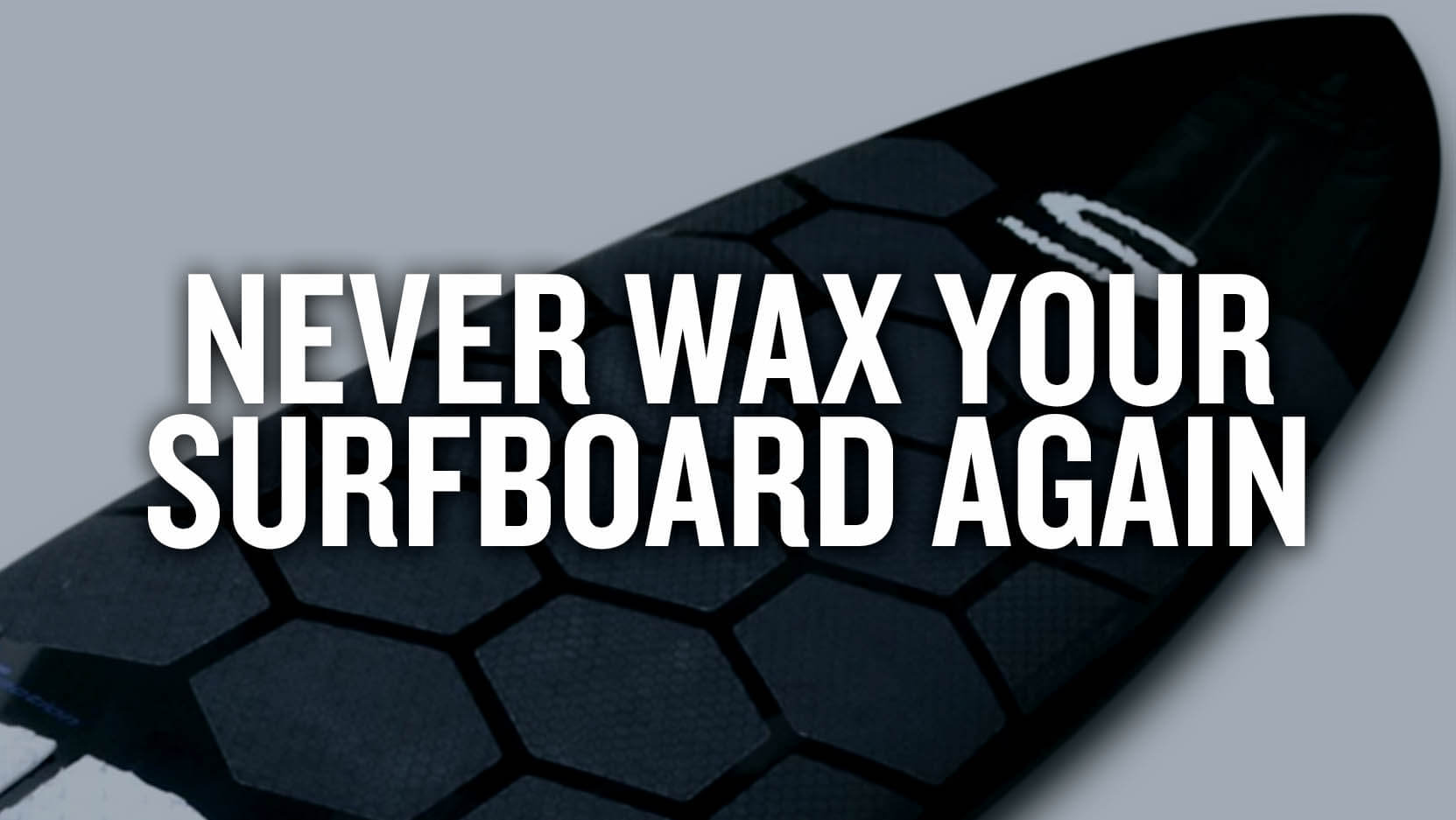How To Wax A Surfboard
How To Wax A Surfboard
Wax has been used for years to help surfers gain traction and grip to their surfboards in water. Traditionally a surfboard is quit slippery in the water and without wax or traction pads I would be difficult to paddle and ride. Most surfboards have a thin layer of wax on the deck. Surf wax applied correctly will create a layer of small waxy bumps giving your feet a grip/traction
The following is a beginner’s guide to waxing your board as well as a tutorial of how to get the perfect traction for your board If you’ve never waxed a surfboard before or you’re just looking for tips to get a better wax job, here is our guide to waxing your surfboard.
wax types

Choosing the right wax for the job is key depending on the size of the board as well as the temperature of the water will determine what wax you need tropical water, warm water, cool water & cold water are your usual wax names if you take a cold water wax to warm water, it will be too soft. But you could use a warm water wax in cold water, but it’s better to get what you need.In the UK the average temperature varies from around 4 C in winter to around 15 C in summer. There for you will need to possible change your wax in the summer and winter. But most of the year Cold water wax is perfect
Wax temperature guide below
how to wax a surfboard in 5 simple steps
Step 1: What You Will Need
To wax your surfboard The main thing you will need is some wax remover/white spirit/a rag or cloth/ basecoat wax, topcoat wax and a wax combe

Step 2: Clean The Surfboard
When starting to wax a surfboard you need to remove any debris, dirt or previous wax to ensure the surfboard is clean to ensure you get proper adherence. If your surfboard is brand new follow step 4
First, take the wax combe and start scraping off all of the wax with the straight side of your wax comb. It helps if the wax can be heated up or the board left in the sun to aid this process. Ensure that you remove all wax from rails nose tail & deck using the curved and flat sides of the combe
You will still have a small amount of wax on the board so you will need to use wax remover cleaning product or white spirit that will dissolve any excess wax. Gently rub a cloth over the area to ensure all the wax is gone & wash off the cleaning solution with water.

Step 3 Where To Put Wax On Your Surfboard
The picture below shows a rough guide of were to apply your wax on different types of a surfboard. Other areas include the rails were you grip the board for duck diving and also all the way to the nose. Also, try to keep any wax off the bottom of your board as that will slow it down making your board less responsive.
Step 4: Applying The Basecoat
The basecoat is the foundation of your grip basecoat wax is harder than top coat and will last longer on your board. It also makes it harder to apply so will require a strong amount of pressure.

It will help to create a pattern of bumps on your surfboard that helps the top coat stick easier. The base coat will help to keep your wax on for longer were as applying just topcoat would need to be applied constantly.

Begin by applying broad strokes on the board and continuing until you see a bump pattern emerge. Each surfer is different so try a range of patterns and styles of waxing that works for you.
Its a good idea is to start off with criss crosses by going diagonal one way up the board and then go perpendicular to that direction back down the board. Its then a good idea to fill on those criss crosses by either

Circles: Rub the wax in little circles, moving up and down the board

Front to Back: Rub the wax in a straight line parallel to the rocker and to keep grip when duck diving apply a small amount on the rails close to the nose

Random: doing circular, straight, side to side in a random directions. After doing this for a few minutes “if properly performed “you will see small bumps and lumps begin to appear. Ensure to keep waxing until you have an even and suitable layer of wax.
Step 5: Top Coat
Now it’s time to apply the top coat of wax. Usually a lot softer in texture and greatly affected by heat changes and water temperature
The top coat is applied in the same way as the basecoat but with less pressure as the wax is softer. Use a similar technique.
Keep your wax sticky for longer
Once you finished your surf you will want to prepare your wax for the next session. Wax will enviable flake off and get stuck to your wetsuit body and shorts, therefor to keep your board at maximum grip you will need to reapply small amount of top coat before each session. The wax will eventually get flatter and less sticky a great tip if you haven’t got any wax or want a little more grip use the jagged side of a wax combe to scratch some lines in the wax to reveal the fresher wax underneath this will help your wax go further
If you surf a lot and find your wax isn’t doing its job it’s a good idea to go back to the beginning and start a fresh basecoat. On average a new basecoat should be applied every year but if you surf a lot every 3-4 months might be ideal.
Related Posts
Why Is Sup Volume Important
Why Is Stand Up Paddleboard (SUP) Volume important? Well before we get into that you have to know a few things… Your weight Your height Your Stand-Up Paddleboarding ability The conditions you want to use it in - Your weight is important when it comes to standing up...
How To Get Sponsored In Surfing
How to Get Sponsored In Surfing Do you want to get sponsored in surfing? Have you dreamed about slapping those corporate stickers on your board and living the pro lifestyle? Well luckily, today we are going to talk about just that. How to get sponsored in surfing!...
What Kelly Slater Eats For Breakfast
What Does Kelly Slater Eat For Breakfast? If you know anything about professional surfing, you will know that the 11-time world surfing champion, doesn't do anything by halves as his long winning legacy and competition know, he will do almost anything to win....
How To Calculate Sup Volume
How To Calculate Your Perfect Sup Volume So you’ve just got into stand-up paddle boarding and are looking for your first paddle board, there are a few things to think about. One of the main considerations is volume. In a stand-up paddleboard (SUP), this is the amount...
SUP Volume Guide For Beginners
SUP Volume Guide For BeginnersThe Ultimate SUP Volume Guide, if your a beginner or even an intermediate paddleboarder you may have heard about sup volume? you may have asked what is "SUP volume" why Is stand up paddleboard volume so important? Well before we get into...
The Wipe Out That Nearly Killed Kelly Slater
The Wipeout that Nearly killed Kelly Slater >>>> Yes, even the surf gods like Kelly Slater can have a close call from time to time, the 11-time world champion Professional surfer Kelly Slater talks about his experience with the wave in France that almost...












